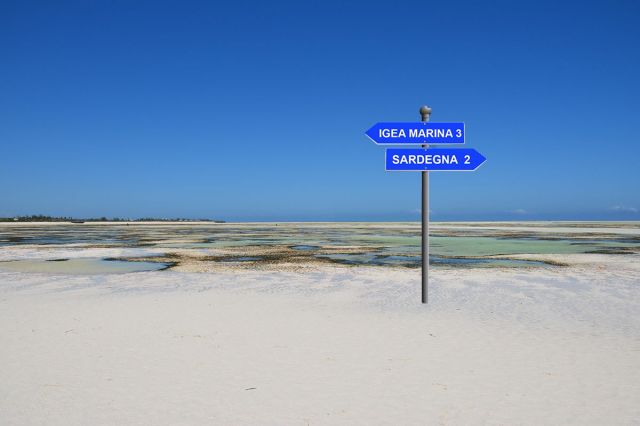
PRODUCTS
13-07-2021 di redazione

Agave is a plant belonging to the Agavaceae family; there are more than 300 species, all native to Central America. The most common and spread species in Kenya is Agave Sisaliana. The generic name derives from the Greek "agaue" which means noble, splendid, whereas the specific name comes from Sisal, a port city of Yucatan from where the fiber obtained from its leaves was exported.
It is a monocarpic perennial plant, that is it blooms only once in a lifetime and then dies. However, before Agave flowers a lot of time must pass, because it must reach maturity: according to the different species and their vegetative conditions, this period of time can vary from 3 to 50 years.
Agave is characterized by fleshy leaves with an elongated shape, bordered by thorns and arranged in a rosette which can also reach two and a half meters in length and a width of about thirty centimeters. From its leaves is obtained the sisal fiber which is very resistant and widely used all over the world, from the plant can also be obtained beverages such as tequila, pulque and mezcal. Since prehistoric times, man has used its natural fiber first for the creation of ropes and then for handicrafts. Spread first in Mexico and then in Brazil, today the main exporter of sisal, then in East Africa, especially in Kenya and Tanzania.
In recent years, interest in this fiber has grown considerably due to its environmental sustainability, a characteristic for which it is progressively replacing some plastic materials and fiberglass.
The main cultivations are found in Brazil, China, Cuba, Kenya, Haiti, Madagascar and Mexico. In Kenya, sisal is the sixth most important commercial crop after tea, coffee, sugar, pyrethrum and cotton. The sisal growing and processing industry in Kenya can be traced back to 1914, when the first plantation was established in Thika.
Sisal cultivation is mainly done on a large scale in the coastal region with a total of five plantations including Vipingo, Kilifi and Kwale.
In addition to the fiber, which constitutes 4% of the leaf of the Agave Sisaliana, the sisal industry generates a large amount of biomass commonly referred to as "sisal waste".
This is what also happens in Kilifi Plantation where, despite there being only a small producer, it produces a sisal of excellent quality recognized worldwide.
The sisal fiber is extracted through a process of decortication, the leaves are often cut by hand and then transported to a central decortication plant to break and crush them.
Then the raw fiber is thoroughly washed and hung to dry on long supports with taut ropes, brushed and packed largely for export. The sisal waste is used for the farm's biogas plant and is sometimes also used as cattle feed during the dry season.
This textile fiber is very rough to the touch, has a coarse weave and is light ecru in color but if left in the sun for a long time it can darken to almost brown. Thanks to its resistance, both to mechanical traction and to the weather, it is a very versatile fiber that is used in different areas such as the production of ropes and string, baskets and carpets and also brushes and sponges.
The cultivation of the fibrous product of the agave is widespread mainly in the coastal region and the comforting fact is that today, thanks to the great demand, the local market for plantations is not only the prerogative of large growers who are foreigners or rich local landowners, but also small local farmers have begun to plant and trade it, opening up new markets to earn a living from this plant. Thus finding healthy and profitable employment.
According to Fibre Crops, demand for sisal is set to rise.
Good news then for that kind of "green" market and economy that Kenya needs to grow in the income of small and medium-sized enterprises, and in the salaried workforce without the need for construction (wild or not) and invasive and polluting industries.
STORIES
di Freddie del Curatolo
